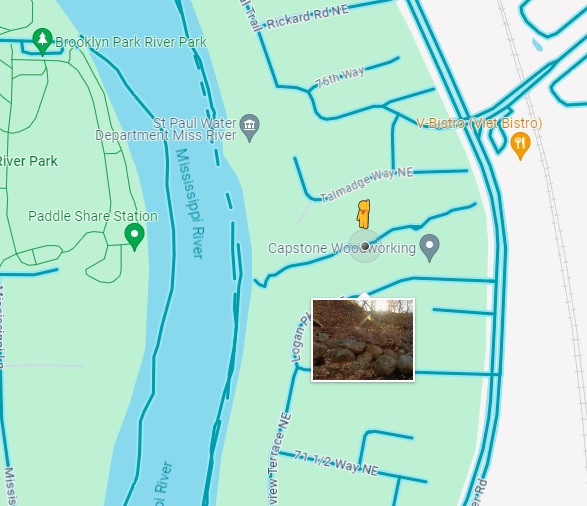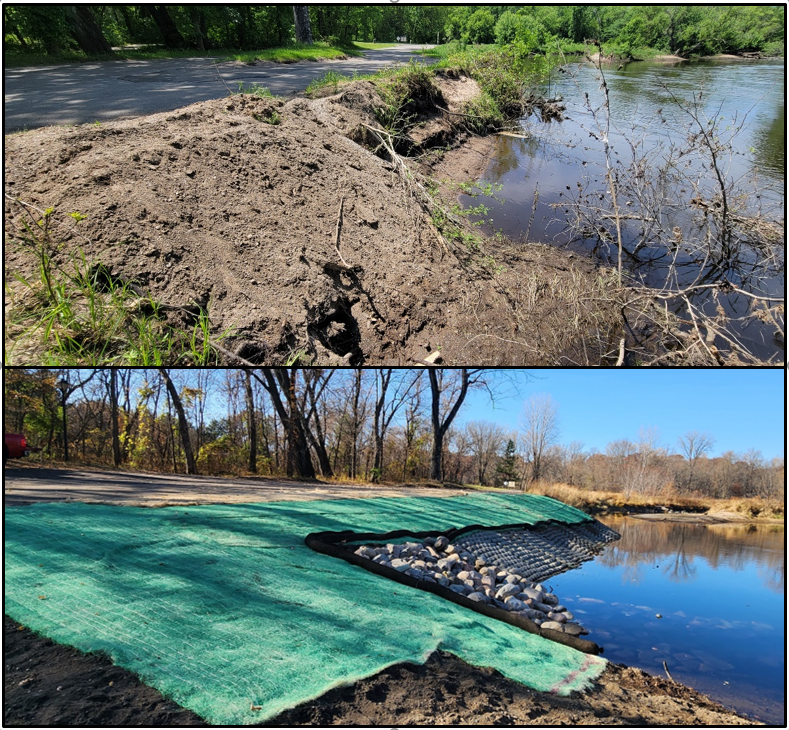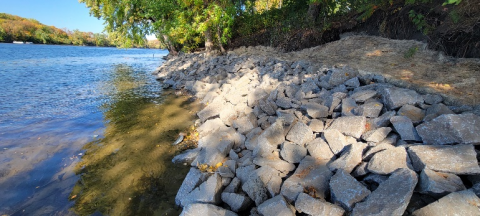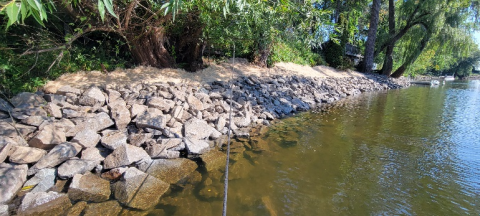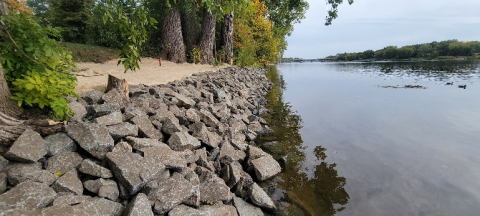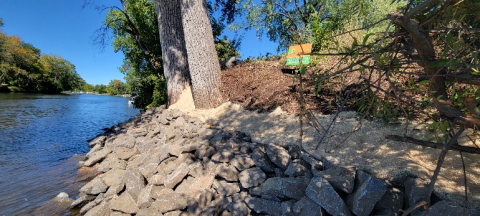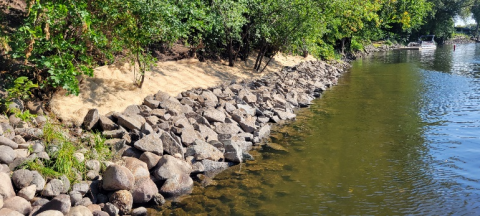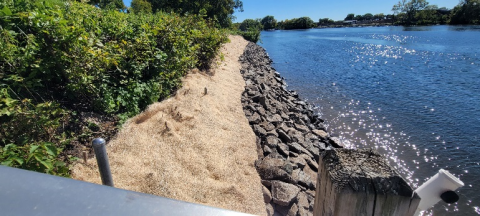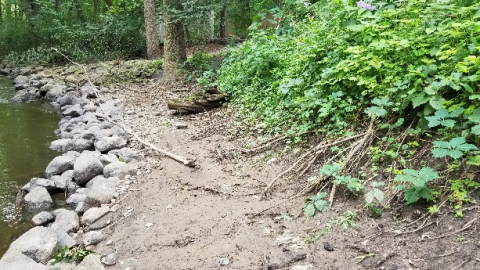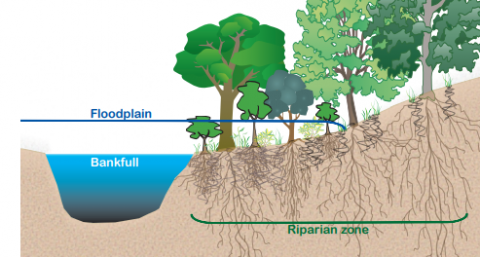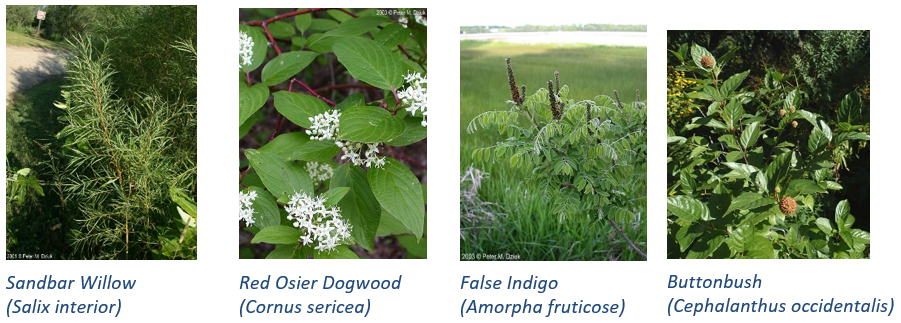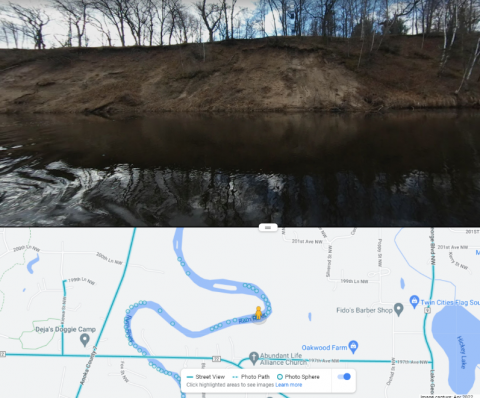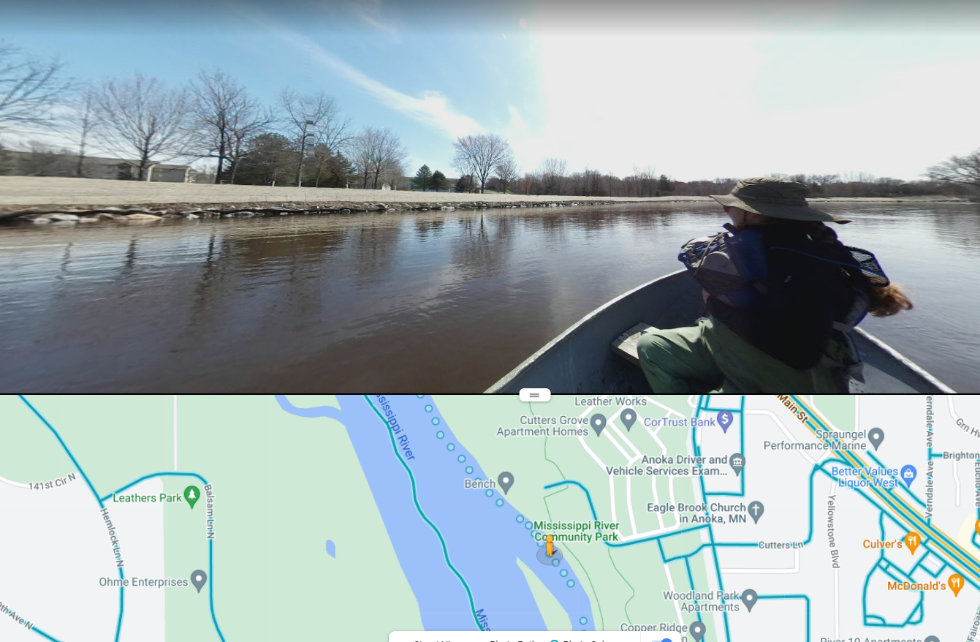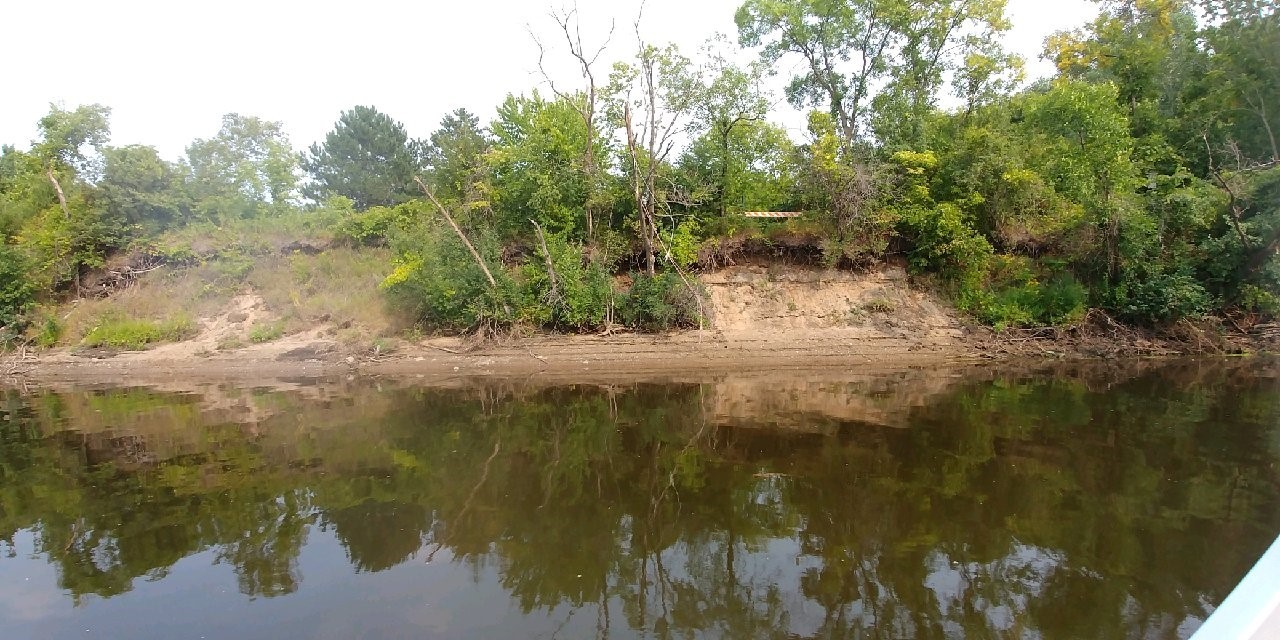Inventorying shoreline zones on surface waters throughout Anoka County serve as valuable tools for assessing lakeshore and riverbank conditions, comparing current conditions to previous years to identify changes, and for prioritizing project implementation. ACD recently purchased a 360° video camera that has 4 high-definition lenses and a rugged design, to be used outside in the elements. The camera takes continuous video that is Geo-located and stitched together creating a final GPS video that is viewable from all angles. Following a day on the water with the 360° camera, videos are uploaded to Google Street View Studio, a new application recently released by Google.
Once uploaded to the Google Studio App, the videos are public and accessible to anyone. ACD utilizes these videos to compile shoreline reports, which describe erosion severity and provide recommendations for project needs. Shoreline videos along Martin, Coon, Linwood Lake, the southern portion of the Mississippi River, and Oak Glen Creek were collected throughout 2023 and are now available to view. Click on the individual links above to begin exploring. Videos along the Rum River were also collected and will be available to the public soon!
For more information contact Kris Larson, Water Resource Specialist, at
